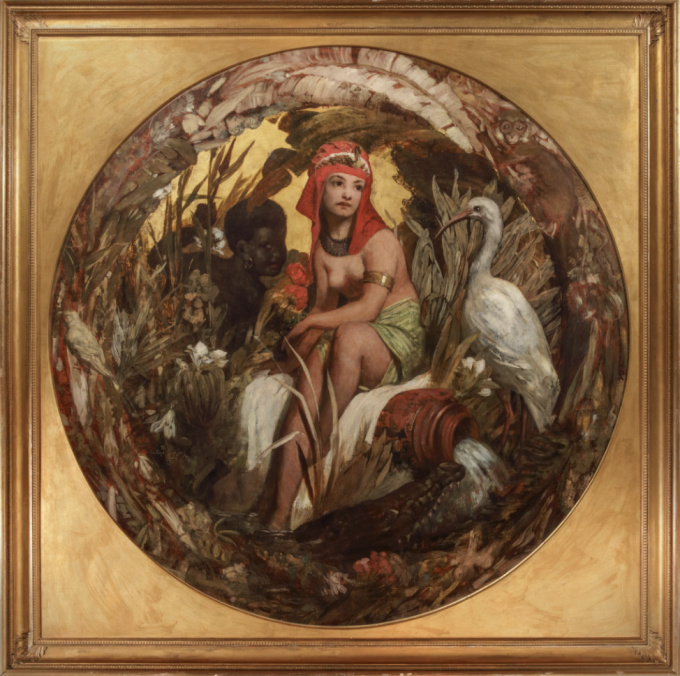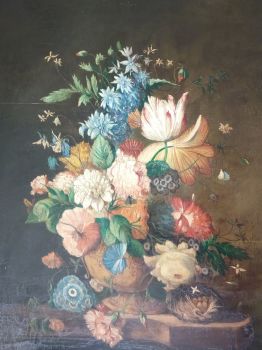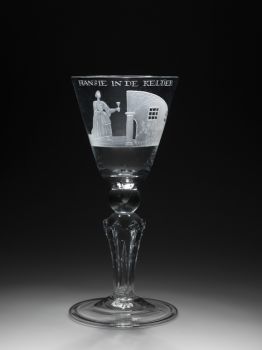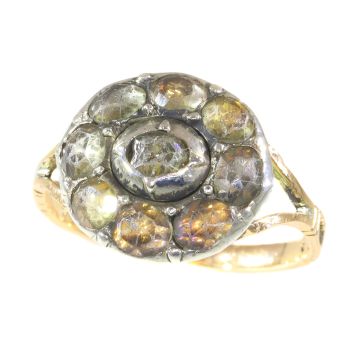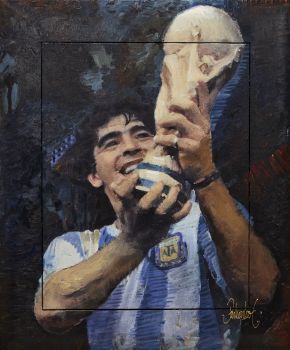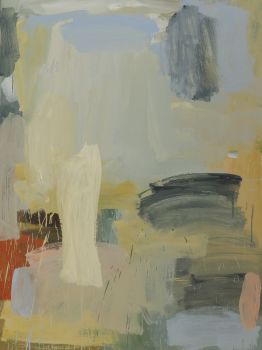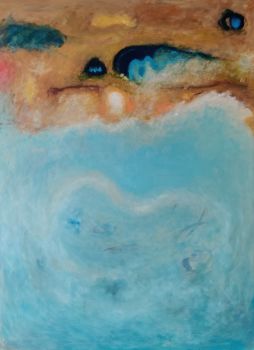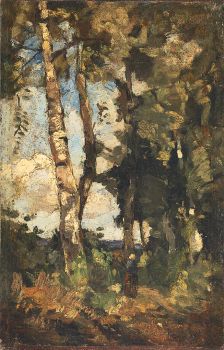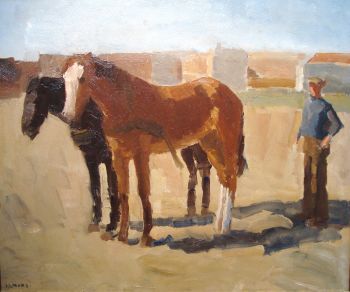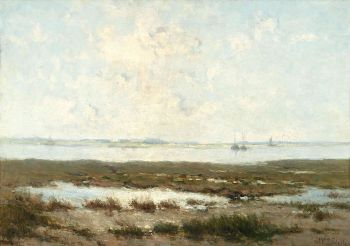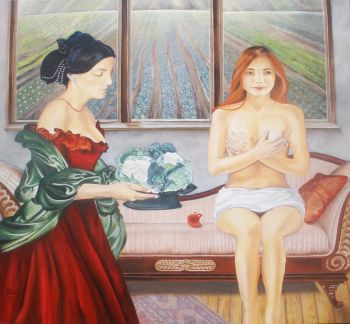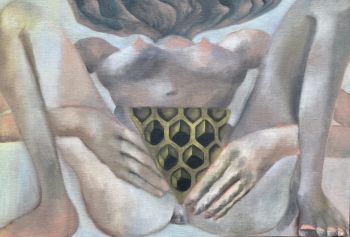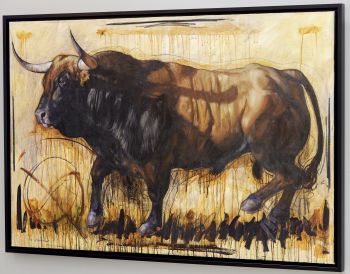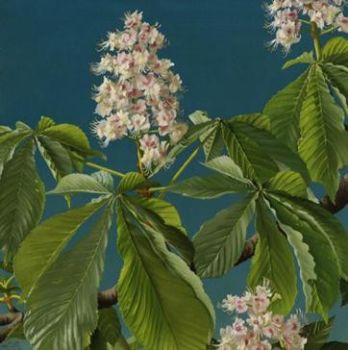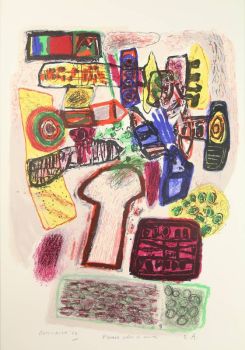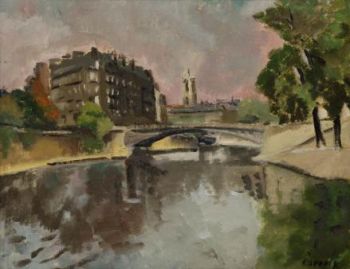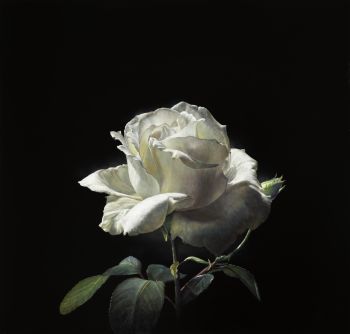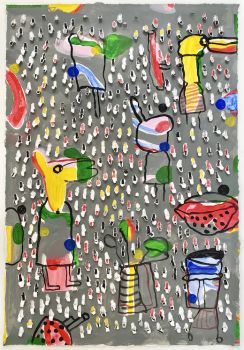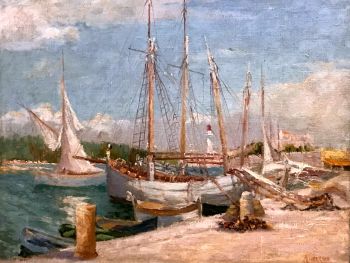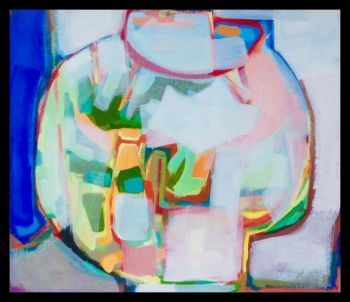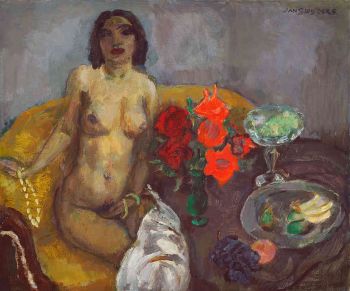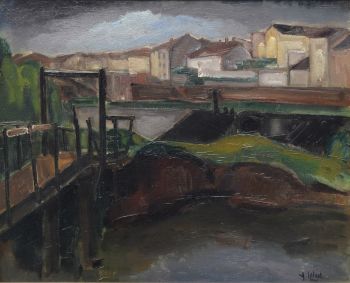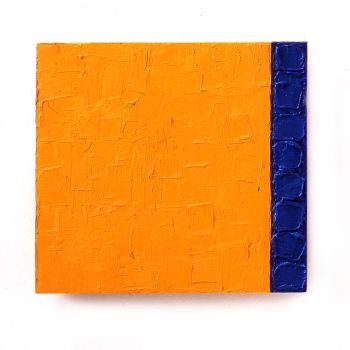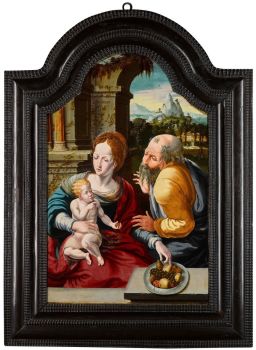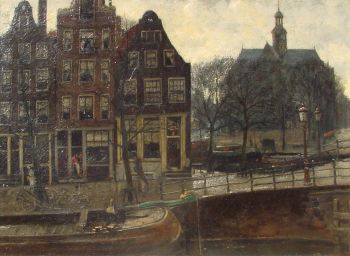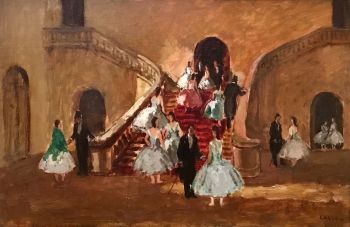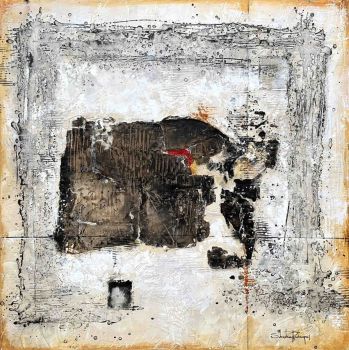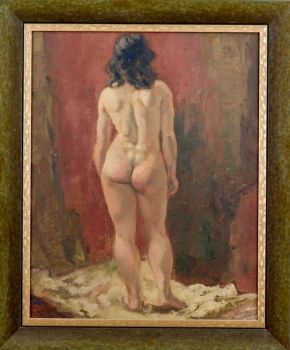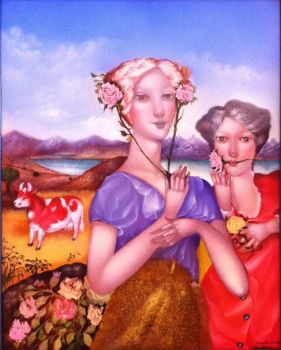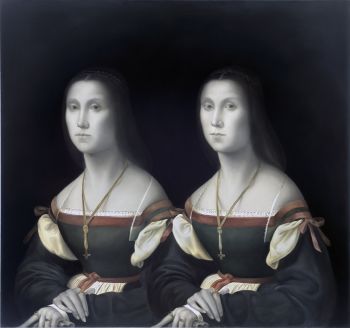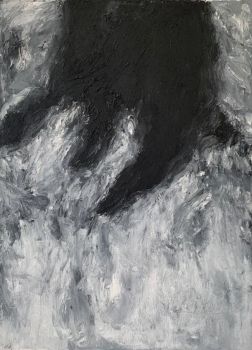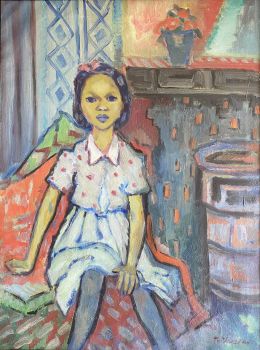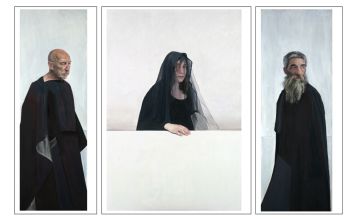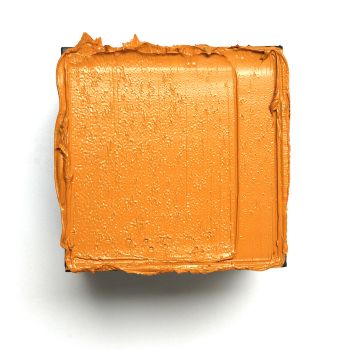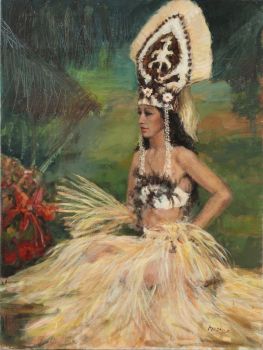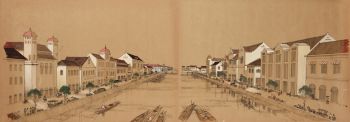‘Allegories of Africa and America’ 1872
Eduard Charlemont
TelaPintura a óleoPintar
153 ⨯ 153 cm
Preço em pedido
Zebregs & Röell - Fine Art - Antiques
- Sobre arteAllegory of Africa, signed and dated Ed. Charlemont 1872 lower left
Oil on canvas, H. 153 x W. 153 cm (each tondo)
Eduard Charlemont (1848, Vienna) was a distinguished painter. He was born in an artistic family. His father Matthias Adolf Charlemont (1820-1871) was a well-known miniature painter, his brother Hugo Charlemont (1850-1939) an impressionist landscape painter and brother Theodor Charlemont (1859-1938) a sculptor. Eduard Charlemont made name for himself only at the age of fifteen when he exhibited his works for the first time at the Academy of Fine Arts in Vienna, where he also studied. He exhibited for the first time at the Paris Salon in 1878, where he won his first prize. Charlemont was called into Hans Makarts (1840-1884) studio, who by that time was a leading figure in the artworld of Vienna and an artist luminary of the Vienna Ringstrasse era.
Charlemont developed a new and unique style based on the ‘Neo-Baroque’ style of Makart, a crossing from 16th century Venetian paintings and French Rococo painters from the 18th century. His penchant for idyllic, playful compositions, characterized by elegance, showed up as a recurring constant in the artist’s oeuvre. This style is also expressed in the tondi presented here.
The first work shows the decorative allegory of the continent Africa with its respective flora and fauna. The central female figure is arranged in an illusionistic, dreamy ideal space that functions as a projection surface for the Western fantasies that were prevalent at that time. It is a symbolic representation.
The second work, the ‘Allegory of America' stands as a testament to his enduring fascination with cultures beyond the boundaries of Europe. Within this canvas, Charlemont skillfully captures a tableau of individuals and scenes that serve as representatives of various facets of American culture. The composition is rich with symbolism, including the presence of an indigenous figure adorned with a resplendent headdress, a nod to the diverse native cultures of the Americas. Colonial influences are also discernible, as evidenced by the woman's fan, evoking echoes of European presence. Exotic flora and avian motifs further underscore the allegorical portrayal, serving as emblems of the Americas' unique biodiversity.
These works demonstrate the romantic lens through which Europeans regarded people from the colonies. They also demonstrate his adeptness in weaving together various cultural elements into a cohesive narrative. The meticulous attention to detail and the nuanced interplay of light and color are characteristic of Charlemont's signature style, allowing viewers to immerse themselves in a representation of a different culture. The fascination with his two depictions of America and Africa lasted not only during the artist's lifetime, but also to this day. The tondi remained in the collection of the composer, impresario, and art connoisseur Andrew Lloyd Webber (born in 1948 London) until the 1990s. A similar work, but an allegory on Asia, caused a battle between bidders in a French auction in 2021, resulting in a record price for paintings by Charlemont.
Provenance:
Collection Andrew Lloyd-Webber, United Kingdom
Auction, Sotheby’s Billinghurst, 15 september 1999, lot 775
Private collection, Switzerland - Sobre artista
Eduard Charlemont nasceu em Viena, capital do Império Austríaco, em 1848. Seu pai, Matthias Adolf Charlemont, também era pintor, especializado em pintar retratos em miniatura.
Seu irmão mais novo, Hugo Charlemont (1850–1939), foi um pintor impressionista igualmente famoso. Aos quinze anos, Charlemont expôs pela primeira vez as suas obras na Academia de Belas Artes de Viena, onde estudou artes plásticas. Na mesma idade, Eduard Charlemont também foi contratado por uma escola feminina para ensinar desenho.
Depois de se formar na Academia de Belas Artes de Viena, Charlemont viajou por vários países da Europa Central e finalmente se estabeleceu em Paris, onde viveu pelos trinta anos seguintes.
Em Paris, ganhou diversas vezes o primeiro prêmio do Salão de Paris, exposição anual realizada pela Academia Francesa de Belas Artes (francês: Académie des Beaux-Arts).
A obra mais famosa de Charlemont é O Guardião do Serralho, amplamente conhecido como O Chefe Mourisco, representando um espadachim mouro guardando um serralho (parte de uma típica villa árabe rica, onde as mulheres ficavam quando estranhos entravam na casa).
Em 1899 ganhou a medalha de ouro na Exposition Universelle, Feira Mundial realizada em Paris. Charlemont também era conhecido por seus murais. Pintou três dos murais do Burgtheater (o Teatro Nacional Austríaco em Viena e um dos mais importantes teatros de língua alemã do mundo), totalizando cerca de 55 metros de comprimento.
Ele morreu em Viena em 1906.
Você está interessado em comprar esta obra de arte?
Artwork details
Related artworks
Johannes van Dreght
Antique Dutch still life flowers in vase1740 - 1800
Precio a consultarGallerease Selected
Artista Desconocido
A Surinam-themed Amsterdam long-case clock1746 - 1756
Precio a consultarZebregs & Röell - Fine Art - Antiques
 curada por
curada porGallerease Magazine
Artista Desconocido
A Dutch colonial Indonesian betel box with gold mounts1750 - 1800
Precio a consultarZebregs & Röell - Fine Art - Antiques
Artista Desconocido
Een Gotische zuidelijke Nederlanden wandklok1580 - 1590
Precio a consultarNico van den Assem restauratie
1 - 4 / 24- 1 - 4 / 24
Jean-François Rauzier
Oasis Hotel - Limited edition of 8 2017
Precio a consultarVilla del Arte Galleries
1 - 4 / 17Rene Rietmeyer
"Portrait of Alessandra" 20182018
Precio a consultarEuropean Cultural Centre Collection
Mary Alacoque Waters
'Unknown Twins' after Rafael1999 - 2004
Precio a consultarGalerie Mia Joosten Amsterdam
1 - 4 / 24- 1 - 4 / 12

